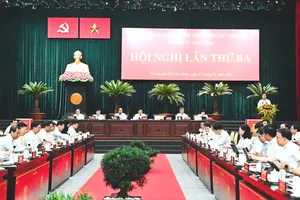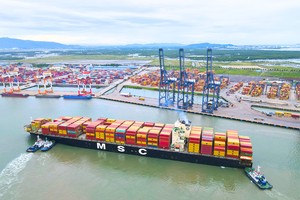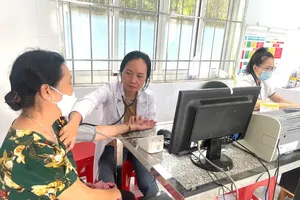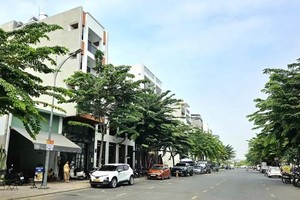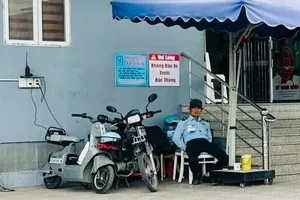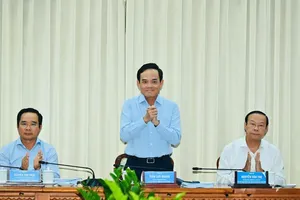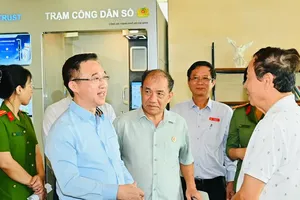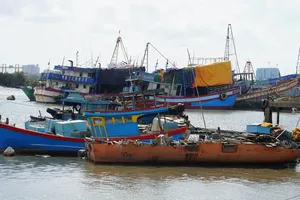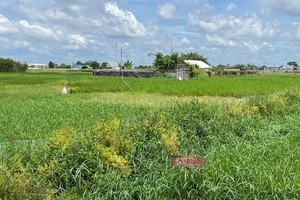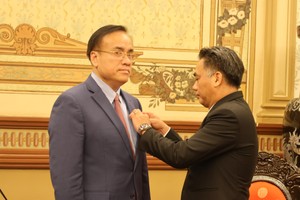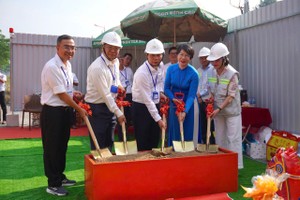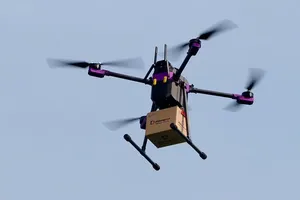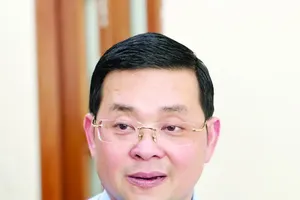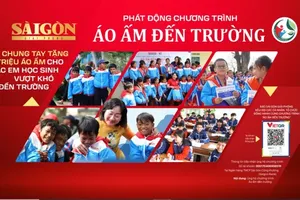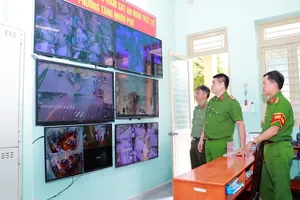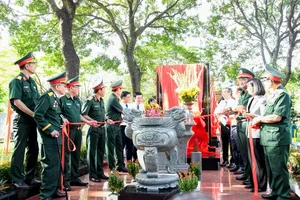
After the call of the Vietnam Fatherland Front Committee on September 10 to help victims of super Typhoon Yagi in the North, the Party Committee, authorities, and all dwellers of HCMC donated VND120 billion (US$4.89 million) to alleviate the suffering and hardships faced by those in the northern provinces.
Two days later, the city simultaneously held two practical activities aimed at offering more aid to people in the North.
“SOS Food Emergency Support Campaign" by the Vietnam Food Bank – an initiative of the Vietnam Food Bank Network under the auspices of the Vietnam Fatherland Front Committee – HCMC Branch. This initiative not only provided timely nutritional food supplies to severely affected areas but also facilitated the production of long-lasting, easily transportable emergency and survival foods suitable for harsh disaster conditions.
Secondly, the HCMC Branch of the Vietnam Fatherland Front Committee and TikTok Vietnam signed a media cooperation agreement to solicit donations for the northern provinces and disseminate the city's meaningful messages. This partnership activated the donation function on the platform, enabling anyone to openly and transparently contribute directly and efficiently, reducing intermediaries.
Evidently, the utilization of technology has significantly facilitated the connection, interaction, and mobilization of social resources to expedite and optimize post-disaster recovery efforts.
Five risk management issues have been identified and assigned to relevant agencies and institutions for research and policy development, including: remote and early risk identification and monitoring, disaster rescue and relief, post-disaster physical and psychological support for affected populations, post-disaster reconstruction, and the development of a culture of disaster preparedness.
Three years ago, during the severest peak of the COVID-19 pandemic when HCMC implemented social distancing measures, technology demonstrated its connective power by enabling the creation and operation of communal groups for sharing information, medicine, and food. Technology minimized human effort under immense spatial and temporal pressures, thereby adjusting certain person-to-person interaction behaviors.
The city leaders have not only leveraged technology optimally but has also exhibited innovative spirit in utilizing the activities of mass organizations such as the Fatherland Front in recent times. Notably, in the innovation of these mass organizations, numerous technological applications continue to be exploited and operated to achieve the highest level of public service.
Anticipating the destructive power of Typhoon Yagi, the city's leadership promptly devised a plan to both address the storm's impacts within the city and to prepare to contribute to the northern provinces. This proactive approach and the utilization of advanced expertise and digital technology to support other localities have contributed to the swift recovery from the widespread and severe devastation caused by the natural disaster.
Nevertheless, the process of innovating methods and mobilizing responses to risks posed by natural disasters and epidemics is not a quick endeavor. It demands a flexible, "all-encompassing" approach, coupled with the accumulation of experience and the optimization of technology and innovative spirit. The immediate goal is to prioritize the efficient aggregation of social capacities and resources to effectively implement the city's voluntary and charitable projects, ensuring that they reach citizens in areas affected by disasters and epidemics.
